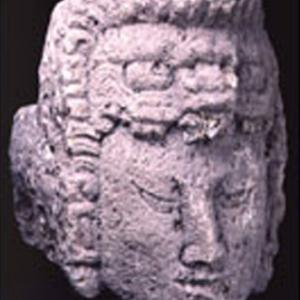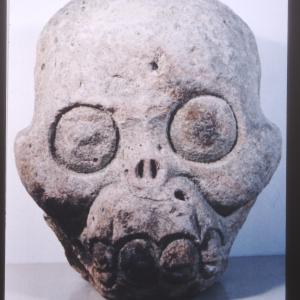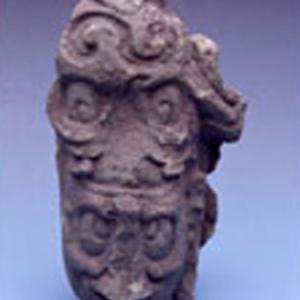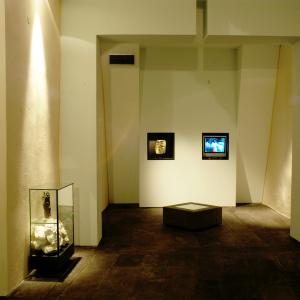The Maya of Copán (435-805 A.D.)
The ruins of Copán, located in the valley of the river of the same name, in Honduras, are one of the most important existing Mayan sites. Founded during the Classic period, at the peak of its power between 435 and 805 A.C. the city-state of Copán had a population of over 20,000 and covered an area of 500 square kilometres, with a urban district of 4 square kilometres.
The site houses the greatest architectural and sculptural stone complex of the entire Mesoamerican region and the longest text made of inscriptions, the Hieroglyphic Stairway of Structure 10L-26.
In the centre of the site, the Great Plaza and the Acropolis, where pyramids are 30m. high, occupy a three-hectare levelled and once paved area.
Surrounded by the residential areas of El Bosque and Las Sepolturas, the city was ruled by a secular government; Copán kings were carved in stone altars and stelae, along with important historic events, such as battles, dynastic successions, conquests, rituals and anniversaries.
Towards the end of the 8th century, wars, economic difficulties, problems in the commercial networks and dynastic conflicts caused the fall of the Mayan civilization.
Protome cephalomorph, I-X century A.D. (classical era), Honduras, Copán, valley of the homonymous river

Protome cephalomorph, I-X century A.D. (classical era), Honduras, Copán, valley of the homonymous river

Protome cephalomorph, I-X century A.D. (classical era), Honduras, Copán, valley of the homonymous river

Protome cephalomorph, I-X century A.D. (classical era), Honduras, Copán, valley of the homonymous river

Skull-shaped protome

Skull-shaped protome

Skull-shaped protome

Skull-shaped protome

Cephalomorph fragment, 695-738 AD, Honduras, Copán (stele A of the Gran Plaza, 731 AD)

Cephalomorph fragment, 695-738 AD, Honduras, Copán (stele A of the Gran Plaza, 731 AD)

Cephalomorph fragment, 695-738 AD, Honduras, Copán (stele A of the Gran Plaza, 731 AD)

Cephalomorph fragment, 695-738 AD, Honduras, Copán (stele A of the Gran Plaza, 731 AD)

Maya installation in Copan

Maya installation in Copan

Maya installation in Copan

Maya installation in Copan





